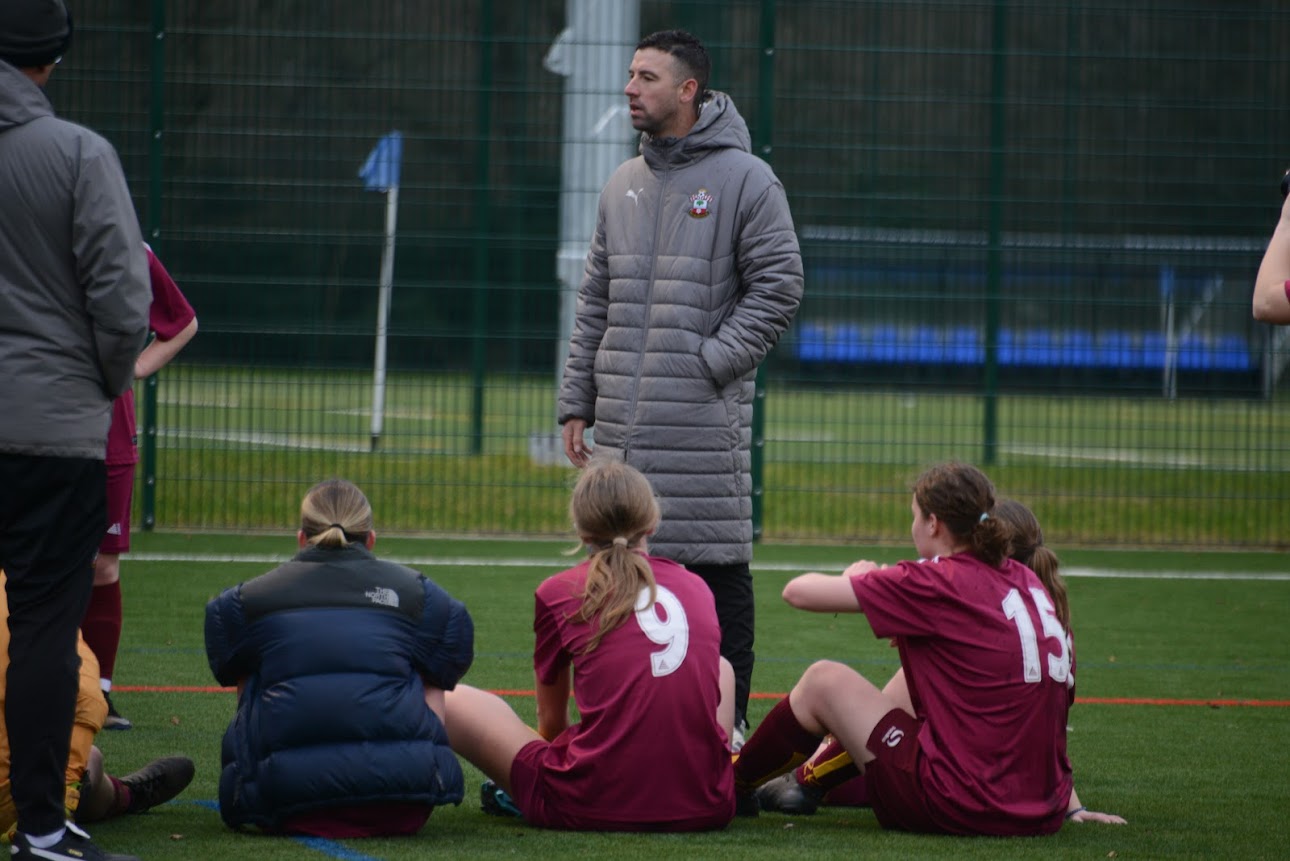How to Play With Your Head Up — 3 Easy Habits That Make a Big Difference
- Dave Rimmer
- Jul 2
- 3 min read

We’ve all heard coaches shout “head up!” on the pitch.
It’s one of the most common bits of advice in football, and for good reason.
But what does it really mean?
And how do you actually get better at it?
In this post, we’ll break down what playing with your head up really involves, why it’s often more about your eyes than your head, and 3 simple habits you can start working on right away.
What Does “Playing With Your Head Up” Actually Mean?
When people say “play with your head up,” they usually mean:
Be aware of what’s around you
Know your options before you get the ball
Make better, faster decisions
But here’s the key point: it’s not always about literally having your head lifted high all the time. In reality, especially when you’re controlling or dribbling the ball, you’ll often need to glance down. That’s natural.
What matters is that:
👉 You scan early and often, using your eyes
👉 You connect what you see to what you do next
It’s about building a habit of checking your surroundings so you’re not surprised or rushed when the ball comes to you.
Why Is It Important?
Playing with your head up (or more accurately, playing with your eyes active) gives you:
More time on the ball
Better passing choices
The ability to spot space
A greater chance of keeping possession
The best players don’t wait until they have the ball to think, they’re making decisions before they even receive it.
3 Easy Habits to Help You Play With Your Head Up
1️⃣ Scan Before the Ball Comes to You
Make it a habit to look around before you receive the ball. A quick glance over your shoulder, a check to the side, these small actions add up.
💡 Simple drill: In training, try to scan once or twice before every touch. Even if you don’t see much at first, you’ll train your brain to check automatically.
👉 What to look for?
Where are teammates?
Where are opponents?
Where is the space?
Even half a second’s glance can help you plan your next move.
2️⃣ Look Up After Your First Touch (If You Can)
Your first touch should ideally give you time and space. When it does, that’s your moment to get your eyes up.
It’s OK to glance at the ball as you control it, what matters is lifting your gaze straight after so you can make your next decision.
💡 Tip: Work on a first touch that puts the ball just out of your feet, not too close that you have to keep staring at it, and not so far that you lose control.
3️⃣ Use Your Peripheral Vision
Playing with your head up doesn’t always mean looking directly at everything.
Your peripheral vision (the edges of what you see without moving your eyes) is hugely important.
Train yourself to sense where players are without staring at them. This helps you:
Keep control of the ball
Spot pressure coming
See passing options while dribbling
💡 Simple habit: As you dribble or move with the ball, practice softening your gaze so you’re aware of shapes and movement around you, not just what’s straight ahead.
It’s Your Eyes That Matter Most
One of the biggest misunderstandings about “head up football” is thinking your head has to stay up all the time.
The truth is:
👉 It’s about what your eyes are doing, not just your head.
You’ll still need to look at the ball at times. The key is when and how often you check the space around you. Build that into your game and you’ll find yourself making smarter, quicker decisions without even thinking about it.
Playing with your head up is a skill you can train like any other.
Start small:
Scan before you receive
Look up after your first touch
Use your peripheral vision
Do it every session, and soon it will feel natural.
That’s when the game starts to slow down for you, and you’ll look like you have all the time in the world on the ball.









Comments